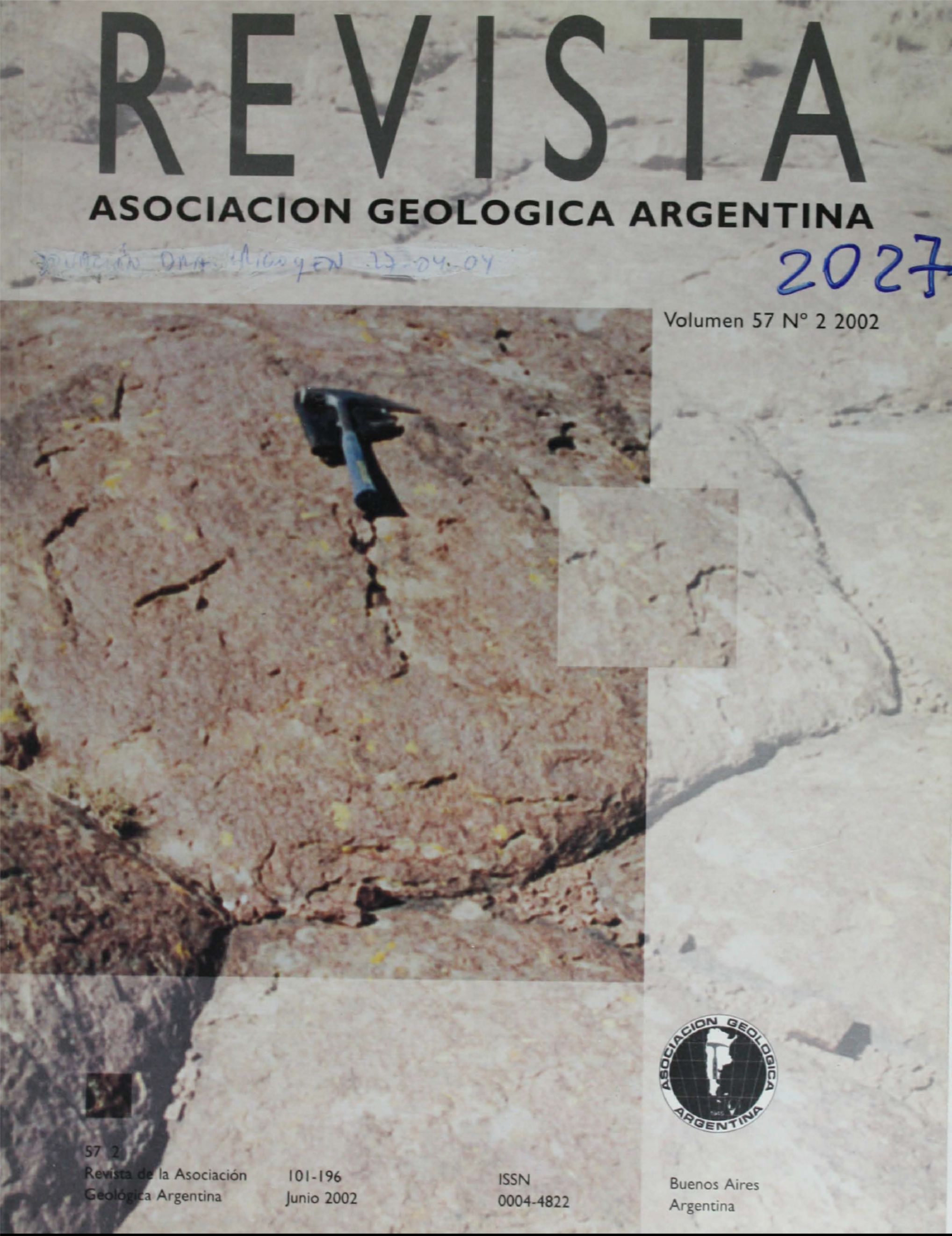Upper Terciary volcanism from southern Mendoza
Main Article Content
Abstract
The petrology and geochemistry of the exposed Tertiary volcanic units in southern Mendoza Province are described for the first time. The formal stratigraphic nomenclature and ages are analyzed and a stratigraphic basis is established for successive magmatic events occurring during the Neogene, starting with the evolution of the retro-arc followed by a younger magmatic arc. Every attempt is made to respect the existing stratigraphic nomenclature although, in part, unit definition should be based more on radiometric ages and ages of crystallization rather than on individual petrographic features. The magmatic activity extended from the Upper Oligocene to the Upper Miocene evolving from the early magmatism of the Ciclo Eruptivo Molle to the Ciclo Eruptivo Huincán. The Oligocene to Upper Miocene magmatic activity in southern Mendoza Province evolved through a process beginning with an initial episode of basaltic magmatism (Ciclo Eruptivo Molle). This activity also generated a lower crust dominated by the concentration of gabbros, diorites and hybrid rocks (mafic granulites). Due to Upper Miocene tectonic crustal thickening or to the stagnation of the magmas or a combination of both, the formation of garnet-bearing mafic granulites resulted in the production of a distinctive lower crust. The magmatic arc of the Ciclo Eruptivo Huincán (upper Miocene) developed as magma ascended from a mantle source and encountered the garnet-bearing mafic lower crust. Because of a lack of density contrast with these lower crustal rocks, the magma lost the ability to ascend further. This encounter between the mantle magma and the lower crust produced partial melting and homogenization of these two sources. This resulted in the ascent of the "secondary" magmas, produced in equilibrium with the lower crust, which characterize the resulting magmatic arc volcanism.
Article Details

This work is licensed under a Creative Commons Attribution-NonCommercial 4.0 International License.
Nota de copyright
Los autores conservan los derechos de autor y garantizan a la revista el derecho de ser la primera publicación del trabajo licenciado según una licencia de atribución Creative Commons que permite a otros compartir el trabajo con el reconocimiento de la autoría y de la publicación en la que se publicó por primera vez.
Declaración de privacidad
Los nombres y direcciones de correo electrónico introducidos en esta revista se usarán exclusivamente para los fines declarados por esta revista y no estarán disponibles para ningún otro propósito u otra persona.

